From 3–6 November, Flashback returns to the Pala Alpitour in Turin. Now in its fourth edition, this year the fair has made good on its motto that ‘All Art is Contemporary’ with Opera Viva, a project that has been running since May in the Barriera di Milano, long one of the city’s more deprived areas, and for which artists including Alessandro Bulgini and Gian Maria Tosatti have produced billboard designs aimed at breaking down the idea that art need be confined to exclusive spaces.
It’s an appropriate gesture from what has swiftly established itself as one of the friendliest fairs in the calendar, an event that prides itself on its lack of pretentiousness and which, with its intriguing range of material but manageable size, ought to appeal to the contemporary crowd who flock to the city for Artissima (4–6 November) each year. This year, the 43 participating galleries include more international names than previous editions, with new exhibitors De Jonckheere (Geneva) and Benjamin Proust Fine Art Limited (London) joining a roster that features many of the top dealers from across Italy, among them Benappi (Turin), Galleria dello Scudo (Verona), Antichità Bacarelli (Florence), and Carlo Orsi (Milan).
Old Master paintings are well represented, a fact all the more welcome now that the incorporation of Paris Tableau into the Biennale des Antiquaires has left a gap for this field in the November calendar. Aleandri Arte Moderna (Rome) brings an altarpiece by Guercino (1591–1666) depicting the Madonna and Child in glory with Saint Rocco and Saint Sebastian, a work that was commissioned by Count Antonio Maria Sartori in the early 1630s and given to the oratory of Nonantola, Modena, as an ex voto offering to mark its donor’s survival of the plague of 1630. Removed from its ecclesiastical surroundings in the late 18th century to prevent its being looted by Napoleonic troops, the work was held to be lost until the art historian Bruno Toscano located it, albeit (then) disfigured by 19th-century ‘restorations’, in the 1970s. He was able to attribute it firmly as the missing altarpiece in 1988.
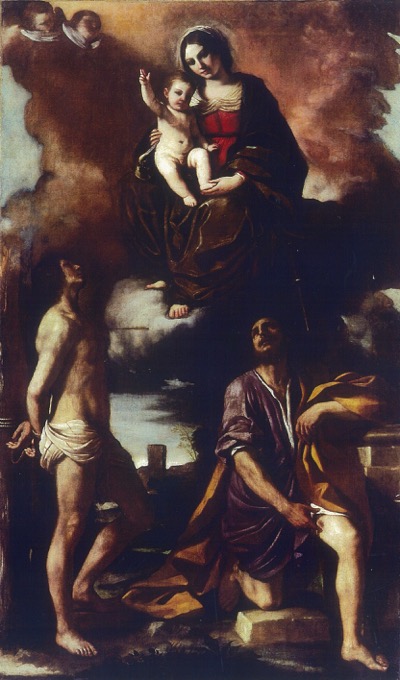
Madonna and Child in Glory with Saint Rocco and Saint Sebastian (1632–34), Guercino. Aleandri Arte Moderna
Longari Arte Milano, meanwhile, brings a painting likely to appeal to local visitors, in the form of a preparatory oil study by Mattia Bortoloni (1696–1750) for the ceiling decoration of the grande salone of the Palazzo Falletti di Barolo in Turin. Among the city’s grandest noble residences, the building was constructed in the 17th century but revamped under the direction of the late-baroque architect Benedetto Alfieri in the 1740s, the period from which this work dates. The subject, Olympus and the Fall of the Giants, allows for full expression of the type of vertiginous perspective for which the Rovigo-born Bortoloni, an exact contemporary of Giambattista Tiepolo, made his name first in the Veneto and later in Lombardy and Piedmont. Given that the frescoes themselves were heavily (and heavy handedly) restored in later centuries, the study is of major documentary importance for the consideration of painting in Turin during the period.
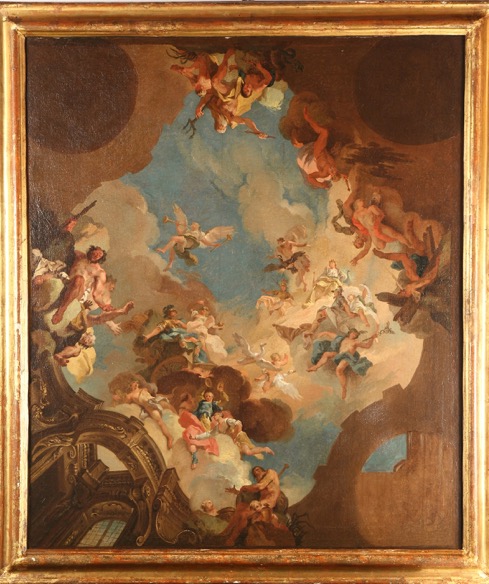
Olympus and the Fall of the Giants (c. 1747–49), Mattia Bortoloni. Longari Arte Milano
A rather different version of the heavens is inferred at the stand of Galleria Zabert, where an astrolabe from the Parisian workshop of Jean Fusoris (1365–1436) will be on display. The astronomical instrument dates from between 1390 and 1416, the year the scientist and instrument maker was condemned to exile in the Ardennes following his arrest and conviction for spying for the English before the Battle of Agincourt the previous year. Of 22 known examples of astrolabes from the Fusoris workshop, this is the only one not in a museum collection.
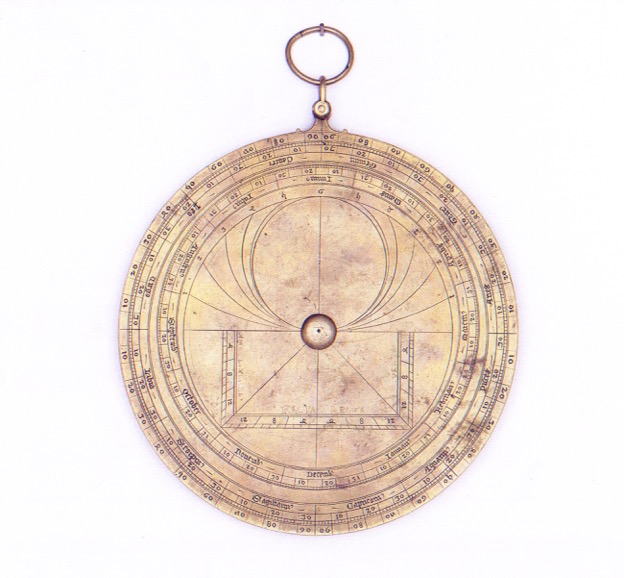
Fusoris-Foto-2 Astrolabe (c. 1390–1416), workshop of Jean Fusoris. Galleria Zabert
Galleria del Ponte (Verona), meanwhile, dedicates its stand to the work of Carol Rama (1918–2015), one of the women artists associated with the arte povera movement to have risen to welcome prominence in recent years (and currently the subject of an exhibition at GAM in Turin). Rama is also one of the artists who will feature at Artissima this year, her work included in the In Mostra section of the fair, which brings together highlights from the wealth of museums and foundations in the region. Indeed, given the density and diversity of exhibitions and institutions in Turin right now, there could no better place to travel for a weekend at the start of November.
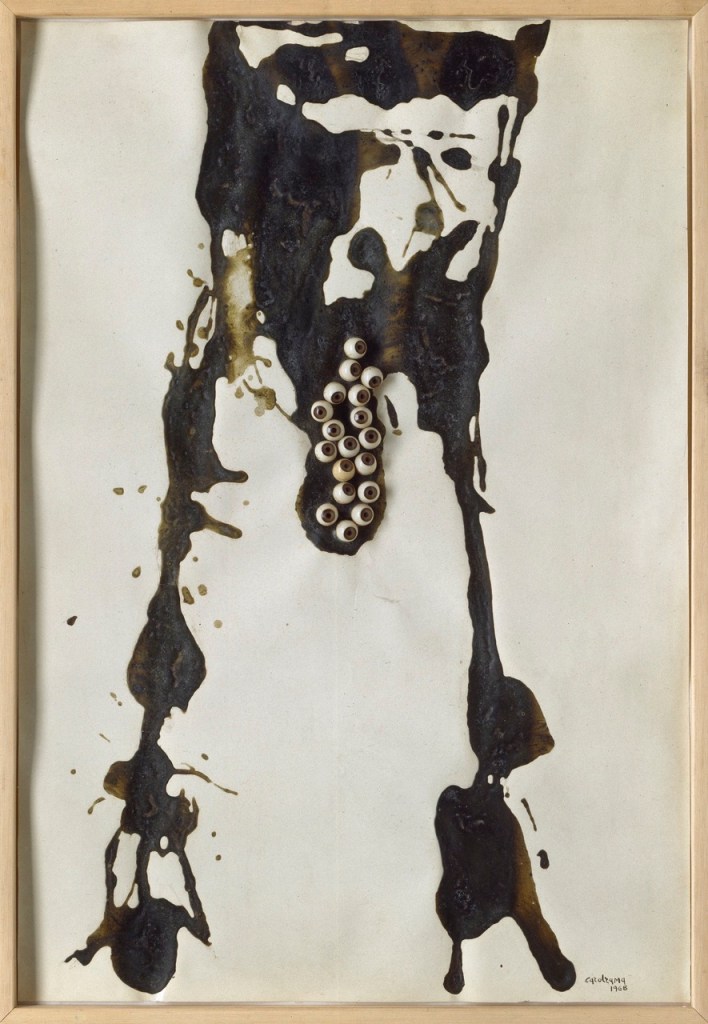
Si geme si fa del bop (1968), Carol Rama. Del Ponte
From the November issue of Apollo. Preview and subscribe here.
Visit Apollo Collector Services for the best information and advice about managing an art collection.
Unlimited access from just $16 every 3 months
Subscribe to get unlimited and exclusive access to the top art stories, interviews and exhibition reviews.

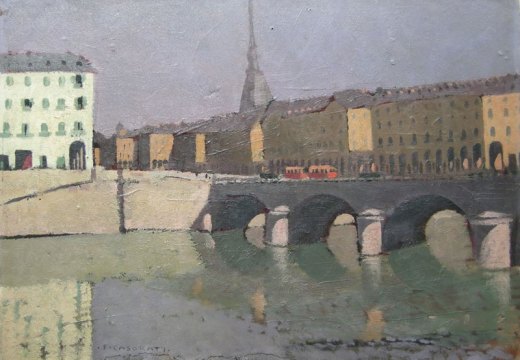
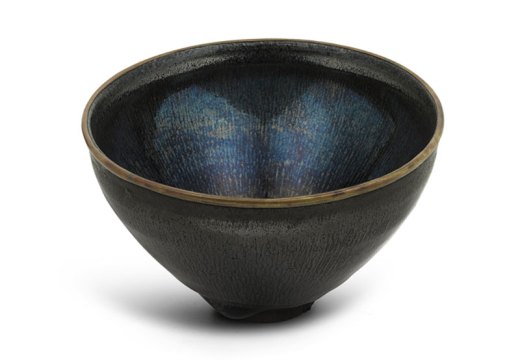
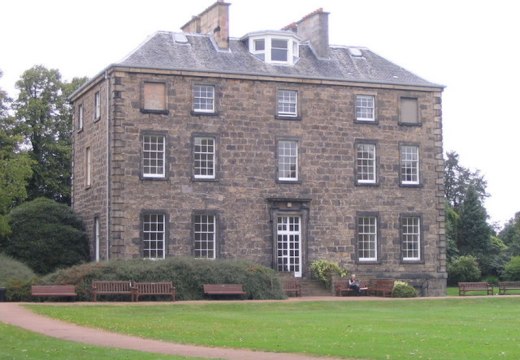









![Masterpiece [Re]discovery 2022. Photo: Ben Fisher Photography, courtesy of Masterpiece London](http://www.apollo-magazine.com/wp-content/uploads/2022/07/MPL2022_4263.jpg)
The threat to Sudan’s cultural heritage